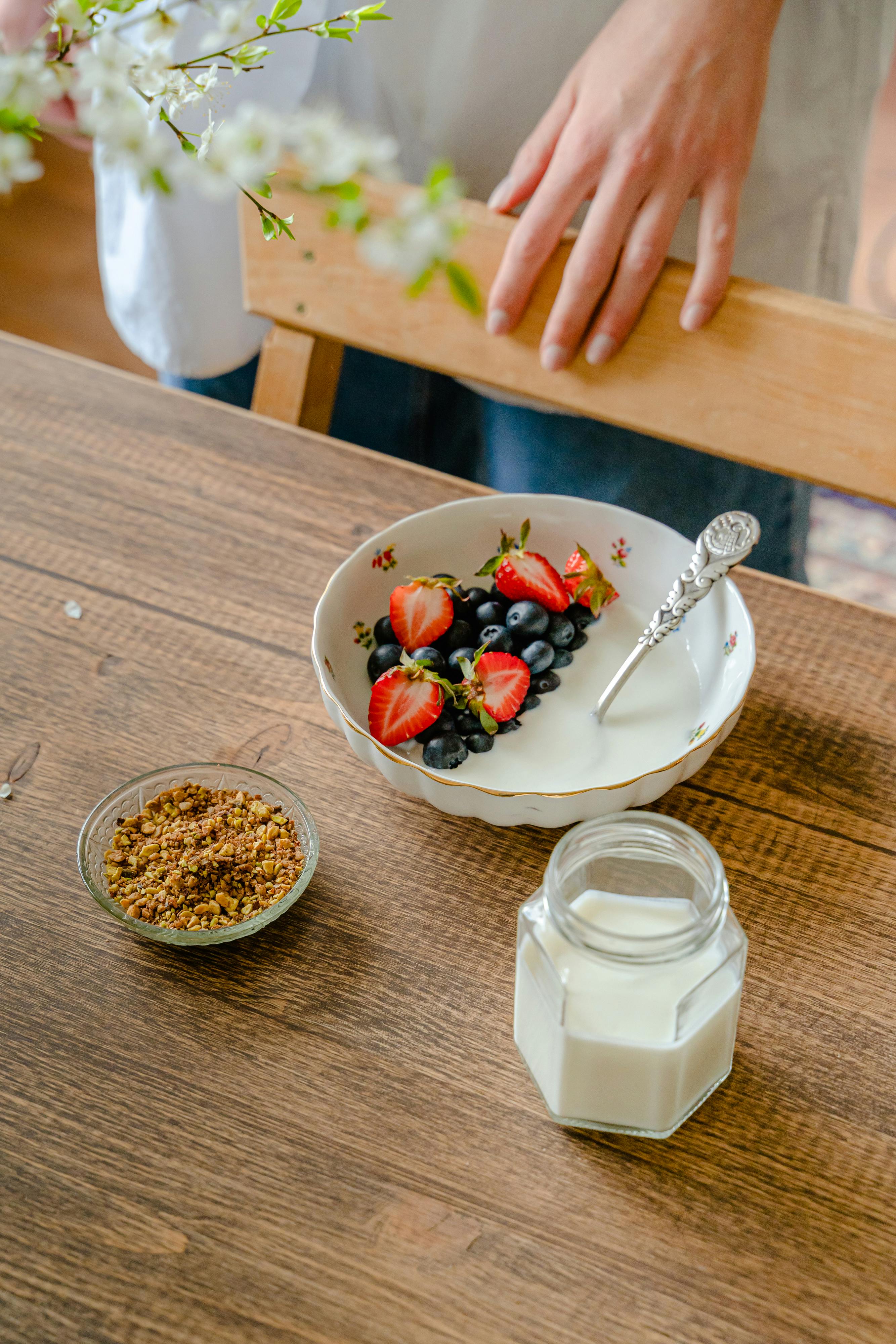Building a balanced plate is a great way to support a healthy lifestyle.
Building a balanced diet means building a plate of fruits, vegetables and supporting food to nourish the body, whilst also remembering that everyone’s nutritional needs are different.
This healthy eating guide is created to provide general tips for healthy eating, but we always recommend consulting a qualified nutritionist or healthcare professional before making significant changes to your diet.
What Is a Balanced Plate?
A balanced plate includes a variety of foods in the right proportions to provide essential nutrients and energy. While the "plate method" is a helpful visual tool, keep in mind that individual dietary needs vary based on age, activity level, health conditions, and personal goals. Here’s a general guideline:
-
Half Your Plate: Vegetables and Fruits: These provide essential vitamins, minerals, and fibre. Opt for a variety of colours and types to get a broad range of nutrients.
-
A Quarter: Lean Protein: Protein is vital for repairing tissues and keeping you feeling full. Choose options like chicken, fish, tofu, beans, or eggs.
-
A Quarter: Whole Grains or Starchy Vegetables: Whole grains like quinoa, brown rice, or starchy vegetables like sweet potatoes are great sources of energy.
-
Healthy Fats: Include a small amount of healthy fats, such as olive oil, avocado, or nuts, to support brain and heart health.
Portion Control Made Simple
Portion sizes can vary from person to person, but here are some general tips:
-
Use Your Hand as a Guide: Your palm can estimate a portion of protein, your fist for carbs, and two handfuls for vegetables. Healthy fats should be about the size of your thumb.
-
Listen to Your Body: Pay attention to hunger and fullness cues. Eating mindfully can help you avoid overeating.
-
Talk to a Professional: For personalised advice, reach out to a dietitian who can tailor portion sizes to your needs.
Balancing Macronutrients
Macronutrients – carbohydrates, proteins, and fats – each play an essential role in your body. Balancing them correctly can help you feel your best:
-
Carbohydrates: These provide energy. Choose complex carbs like whole grains and vegetables to sustain energy levels and avoid blood sugar spikes.
-
Proteins: These help with muscle repair, immune function, and keeping you full. Both plant-based and animal-based proteins can be part of a healthy diet.
-
Fats: Healthy fats are crucial for absorbing certain vitamins and supporting brain function. Focus on sources like nuts, seeds, and fatty fish.
Variety: The Key to a Healthy Diet
Eating a variety of foods helps ensure you’re getting a broad spectrum of nutrients. Here’s how you can keep things interesting:
-
Rotate Your Veggies: Each vegetable offers unique benefits, so mix it up. For example, swap spinach for kale or carrots for bell peppers.
-
Try New Grains: Experiment with grains like farro or millet.
-
Alternate Protein Sources: Add variety with lentils, chickpeas, or lean meats.
-
Use Herbs and Spices: These can make any dish exciting while adding additional health benefits.
How Natvia Can Help
If you have a sweet tooth, finding alternatives to sugar can be a game-changer. Natvia’s natural sweeteners are a great option for enjoying sweetness without the excess calories or sugar. Whether you’re baking, cooking, or sweetening your morning coffee, Natvia makes it easy to reduce your sugar intake while still enjoying your favorite flavours.
Important Reminder
Before making any significant changes to your diet, it’s essential to consult a healthcare provider or registered dietitian. They can provide guidance tailored to your unique health needs and goals. Everyone’s body is different, and what works for one person may not work for another.
References
-
Australian Dietary Guidelines: Eat for Health
-
Harvard T.H. Chan School of Public Health: Healthy Eating Plate
-
World Health Organisation (WHO): Healthy Diet
By focusing on variety, balance, and portion control, you can create meals that support your health and well-being while still being enjoyable and satisfying.





